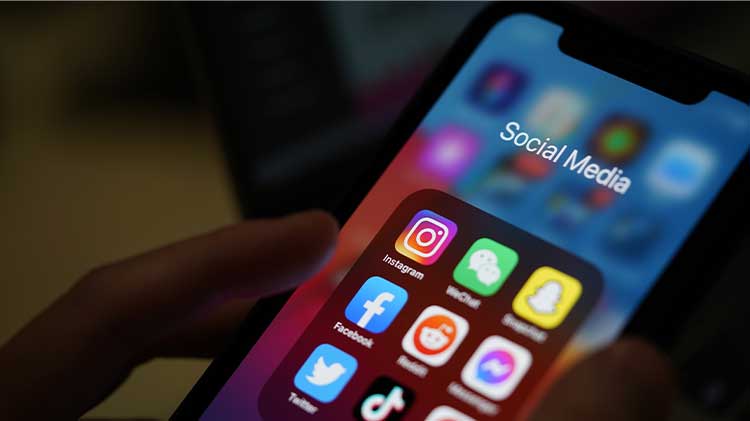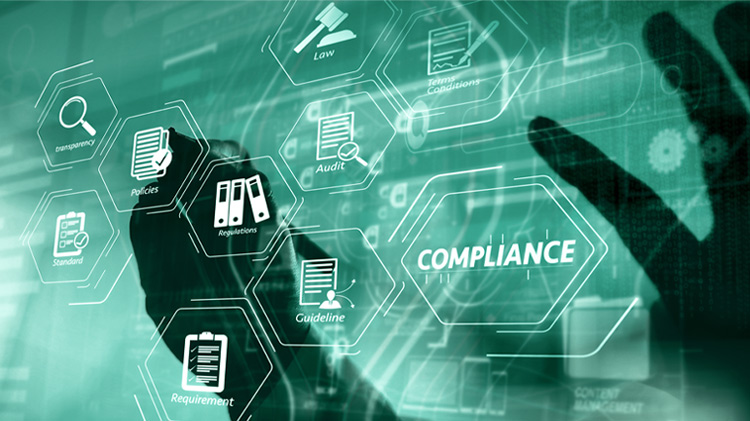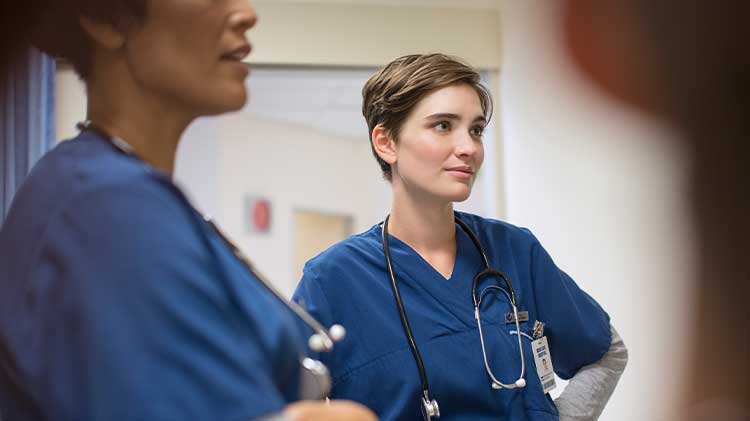Tackling Telehealth
22 Jun 2020

Tackling Telehealth
Many doctors have been thrown into the deep end of telehealth. Here's what you need to know to make it through the challenges of COVID-19 and beyond.
When we refer to telehealth, we’re talking about patient consultations that use any form of technology as an alternative to face-to-face consultations1 – including, but not limited to, videoconferencing, internet and telephone. You might also see telehealth referred to by other terms such as telemedicine and eHealth.
Planning a video-based telehealth service
1. Match your patient to the service
If the patient is known to you, you should consider whether a telehealth consultation is appropriate or if a face-to-face consultation may be needed. Patients who are deaf, have limited English, live in a noisy or chaotic household,2 or have poor IT access may find telehealth challenging.
Remember that not all patients or types of consultations and presentations will be amenable to telehealth.
2. Your location
An appropriate location is one that is quiet, situated where you won’t be overheard or disturbed, well-lit, and with a neutral background colour.
3. Get your setup right
Getting your office space telehealth-ready is one of the basics many people overlook when starting out with telehealth consults. Like setting up the flow of your clinic room for optimal patient interaction, investing in the right setup will make you more efficient and improve both your patient’s and your own experience.
Here’s what we recommend:
- Dual screens – a minimum requirement to allow for the patient on screen and your electronic health record on another
- Webcam – don’t rely on built-in cameras; buy one that’s enabled for high definition (minimum 1080P)
- Headset – these provide better audio clarity. Built-in laptop microphones may decrease your audio quality and make it harder for patients to hear what you’re saying
- Internet provider – invest in speed
- Lighting – try to avoid light projecting from behind you as cameras will struggle to project your face.
Remember that adequate care requires reasonable quality of sound and images, so you also need to consider the equipment the patient will have available. Telephone will be good enough for some consultations – block your number from the communication if using a personal mobile phone.
4. Software
The RACGP supports the use of some free apps for telehealth provided on an ad-hoc basis, but for an ongoing telehealth service a professional platform will provide greater quality and sustainability.
5. Administration
Consider workflow, bookings, allocation of extra time for technical aspects, and staff training.3 This may take longer than normal until staff are familiarised with the new process. You’ll need read-write access to the practice’s record system if working remotely.
6. Consent
Consent can be verbal or written, but the patient should be aware and understand:
- the reasons and benefits
- the process
- it’s not the same as face-to-face, limited examination
- the possibility of technical problems
- that reasonable steps will be taken to protect privacy, but can’t be guaranteed
- security features of transmission (e.g. encryption)
- additional costs and the assignment of benefit.
If you intend to record the consultations, seek written consent including the reason for recording, where it will be stored, and for how long.
View a sample consent form at: ehealth.acrrm.org.au/sites/default/files/content/informed%20consent%20form.pdf
7. Documentation
Documenting telehealth consultations requires the same level of detail as face-to-face, and your notes should include the type of consultation and patient’s location. The RACGP also recommends documenting information such as:
- the rationale for a telehealth consultation vs a physical consultation
- responsibility for any follow-up actions
- the presence of other parties and the patient’s consent for their involvement
any technical malfunctions that may have compromised the consultation.
8. Follow up
Advise the patient if a physical examination is required or urgent care is needed. Ensure good documentation, clear communication, and your usual follow-up of results or referrals.
Tips for telehealth consultations
- If you’ve called the patient, you should verify their identity by confirming name, address and date of birth.
- All participants should introduce themselves (including a support person).
- Adjust the camera, lighting or chair position if needed.
- Avoid rustling papers near the microphone, enunciate clearly, and ask the patient to repeat your instructions if you have any concerns about being heard and understood.
- Be prepared for technical issues.
- Assess the patient’s condition based on the history and clinical signs to justify any proposed investigation or treatment.
Billing and Medicare
Prior to COVID-19, Medicare rebates were available for specialist video consultations in eligible (remote, rural and regional) areas and facilities, and for GP video consultations with eligible rural and remote patients.
In March 2020, temporary item numbers were created to allow telehealth items to be billed under Medicare in response to COVID-19. These item numbers and their requirements were expanded through March and April, with regular updates posted to MBS Online and MDA National’s dedicated COVID-19 advice page. These item numbers will be available until at least 30 September 2020 and their continuing availability will be reviewed prior to this date.
Telehealth consultations may also be privately billed, without any Medicare contribution or rebate, with sound informed financial consent.
Is telehealth covered under my policy?
Telehealth is covered under MDA National’s Professional Indemnity Insurance Policy, provided both you and the patient are in Australia and the practice is in accordance with the guidelines of the Medical Board, the relevant College and Medicare.
More resources
Medical Board of Australia
- Guidelines for technology-based patient consultations
- Inter-jurisdictional technology-based patient consultations
RACGP
- Guide to providing telephone and video consultations in general practice
- Telehealth video consultations guide
- mHealth in general practice
ACCRM
RANZCP
RACP
AMA
University of Queensland, Centre for Online Health
References
-
Medical Board of Australia. Definition of ‘technology-based patient consultations’ in Guidelines for technology-based patient consultations: medicalboard.gov.au/codes-guidelines-policies/technology-based-consultation-guidelines.aspx
-
ACRRM. How to do a high quality remote consultation: acrrm.org.au/docs/default-source/all-files/how-to-do-a-high-quality-remote-consultation.pdf?sfvrsn=86d02be8_2
-
ACRRM. Organising telehealth services in your practice: acrrm.org.au/docs/default-source/all-files/organising-telehealth-services-in-your-practice-factsheet-final_v3.pdf?sfvrsn=2a5d74a_2
A health practitioners guide to social media
What are the laws and guidelines that impact social media for practitioners?
22 Jul 2025
Patient Autonomy in Australian Medical care
Do we really support patient autonomy in the decision-making process?
22 Jul 2025
Practicalities of Medicare
Do you understand the Medicare system and are you confident that your billing processes comply with requirements?
22 Jul 2025
Understanding changes to the Fair Work Act
What are the changes to the Fair Work Act and what is my role?
22 Jul 2025





